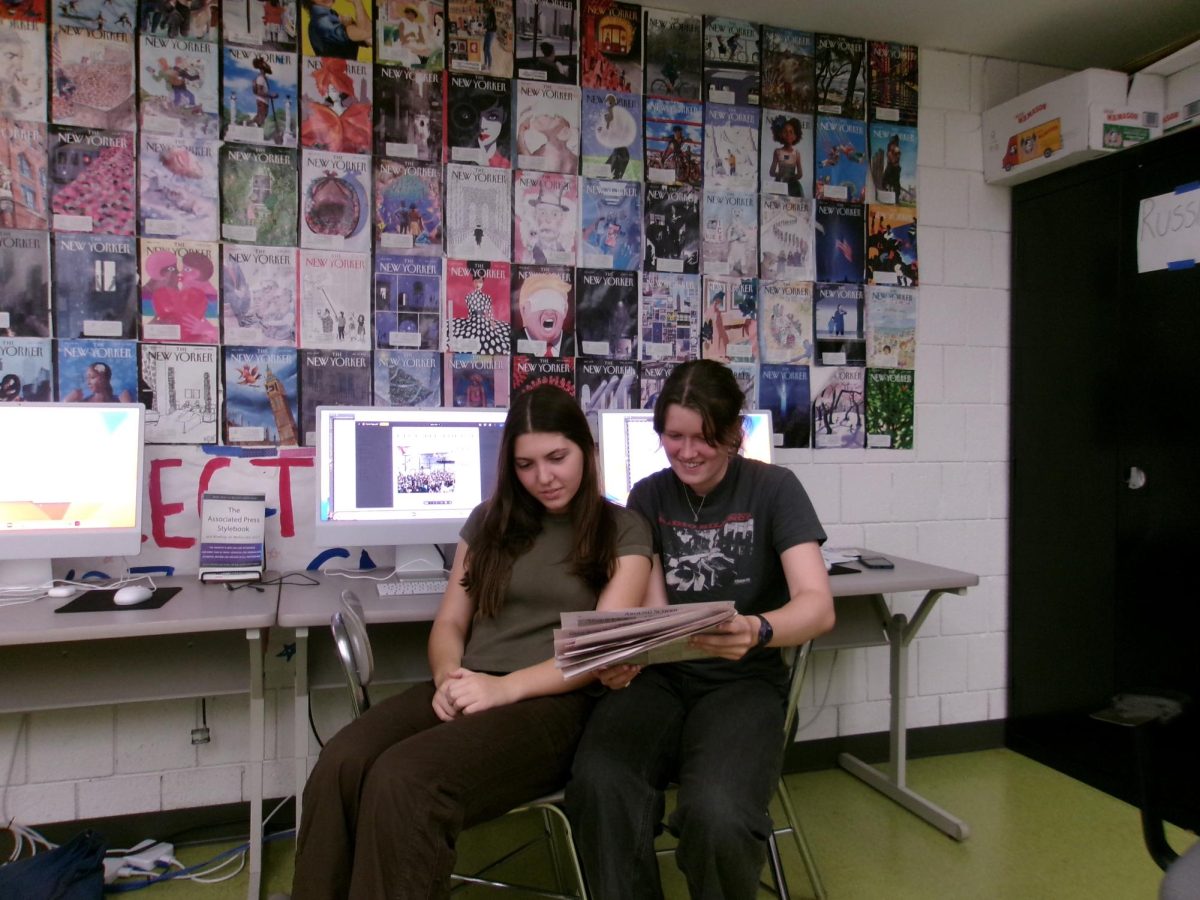Gentrification Through the Lens of CRLS Students
February 7, 2022
Gentrification is a prevalent and unspoken issue in the United States. It occurs when urban areas experience an increase of wealthy residents who renovate and rebuild homes, which results in an increase of property values. In Cambridge, gentrification affects many families, displacing residents that have lived in these areas for years. It is frustrating that many luxury apartments are being built in low-income neighborhoods to satisfy the demand for “new and urban” living. As real estate prices surge, it is heartbreaking to see that many Cantabrigians, including close friends, aren’t able to afford housing in Cambridge, forcing them to relocate to another city. As a result, Cambridge will inevitably become less diverse and only the upper class will afford to reside here.
It is especially important to discuss the loss of rent control in Cambridge, which was eliminated in 1995. Rent control is the government regulation of the amount charged for rented housing. Controlled units are units in which the government controls the cost of rent, while uncontrolled units have no such regulation. Before the elimination of rent control, controlled units typically rented at 25 to 40 percent below the prices of nearby uncontrolled units. Between 1994 and 2004, the removal of rent control raised Cambridge’s housing stock by $1.8 billion. Although it would be extremely difficult to re-establish rent control due to the divided opinion of tenants and landlords, it is important to know that students can make change in affordable housing in Cambridge. For example, in 2016, CRLS students chained themselves to Cambridge City Hall, demanding that the affordable housing quota be raised from 11.5% to 25% for new unit developments. This event eventually prompted the city to set aside 20% of new housing to be affordable for the lower and middle-income residents.
As a group of students in the STARs (Students Teaching and Advocating Respect) elective, we wanted to address the growing issues of gentrification in Cambridge and Boston. To do this, we presented to and conversed with students in current history classes about gentrification.
During our visits, a common observation amongst students was that old buildings around Cambridge, especially in Central and Kendall Square, were being torn down or rebuilt into new, luxurious condos. Students consistently mentioned that gentrification is a pressing issue that affects numerous families and communities, but it is also a difficult problem that doesn’t have an immediate solution. Instead, some students recommended that schools start to require financial literacy courses which will enable students who plan to buy or rent real estate to make more conscious and informed decisions when purchasing homes in the future. Financial literacy courses teach about saving, loans, and buying homes.
As STARs, we strive to help our peers understand the issue of gentrification and hear how it has affected Cambridge youth. We hope to encourage our peers to inform others of gentrification in their own neighborhoods and add to student understanding of important issues. We, as youth, have voices that deserve to be heard as we contribute to change in our community.









